Here are a few recommended books that missed the posting deadline for our previous Blog, Books Make Great Gifts. From Chris Drury in the UK, a title he considers a must in light of the Dakota Pipeline, 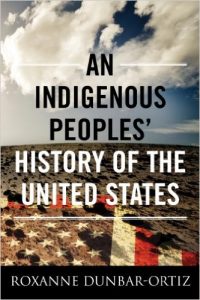 An Indigenous Peoples’ History of the United States by Roxanne Dunbar-Ortiz (Beacon Press), which won an American Book Award in 2015. As an antidote, he recommends
An Indigenous Peoples’ History of the United States by Roxanne Dunbar-Ortiz (Beacon Press), which won an American Book Award in 2015. As an antidote, he recommends  A River Runs Through It by Norman Maclean (University of Chicago Press). Drury recommends two books from Korea, too,
A River Runs Through It by Norman Maclean (University of Chicago Press). Drury recommends two books from Korea, too,  The Vegetarian by Hang Kang (Hogarth) and
The Vegetarian by Hang Kang (Hogarth) and 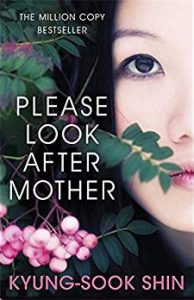 Please Look After Mother by Kyung-Sook Shin (Vintage).
Please Look After Mother by Kyung-Sook Shin (Vintage).
Wendy Wahl looked at the past year in providing her recommendations. “if the world has felt as wobbly to you as it has to me during 2016 then were on the same path,” she writes. “This isn’t to say that everything that transpired has been negative though there have been several traumatic events. The positive experiences have been just as surprising and memorable,” according to Wahl. She recommends a text on classic Indian spirituality, “that provides inspiration for healing and reframing perspectives,  The Upanishads, introduced and translated by Eknath Easwaran (Nigiri Press). This collection of teachings is as timely now as it was 2000 years ago. Understanding the following words from the Brihadaranyaka Upanishad (iv.4.5) could be useful,” she says. You are what your deep, driving desire is. As your desire is, so is your will. As your will is, so is your deed. As your deed is, so is your destiny. The Mundaka Upanishad furnished the motto of the modern Indian nation, she notes, satyam eva jayate, nanritam, Truth alone prevails, not unreality” (iii.1.6).”Perhaps the global collective consciousness will awaken to this concept. I’m trying to remain hopeful.” Wahl adds that for readers interested in one of her favorite materials,
The Upanishads, introduced and translated by Eknath Easwaran (Nigiri Press). This collection of teachings is as timely now as it was 2000 years ago. Understanding the following words from the Brihadaranyaka Upanishad (iv.4.5) could be useful,” she says. You are what your deep, driving desire is. As your desire is, so is your will. As your will is, so is your deed. As your deed is, so is your destiny. The Mundaka Upanishad furnished the motto of the modern Indian nation, she notes, satyam eva jayate, nanritam, Truth alone prevails, not unreality” (iii.1.6).”Perhaps the global collective consciousness will awaken to this concept. I’m trying to remain hopeful.” Wahl adds that for readers interested in one of her favorite materials, 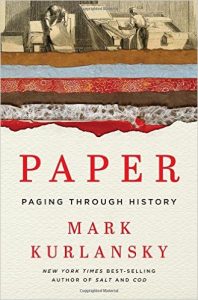 Paper: Paging Through History by Mark Kurlansky (W.W. Norton) is “a worthy read for a perspective on world history and a material that has had such an important role in its direction and documentation. I appreciated the author opening chapter fourteen with a quote from Denis Diderot, Encyclopedie,1 755: Indeed, the purpose of an encyclopedia is to collect knowledge disseminated around the globe; to set forth it’s general system to the men with whom we live, transmit it to those who will come after us, so that the work of preceding centuries will not become useless to the centuries to come; and so that our offspring, becoming better instructed, will at the same time become more virtuous and happy, and that we should not die with out having rendered a service to the human race. Perhaps Diderot should have included – to the women with whom we live,” she concludes.
Paper: Paging Through History by Mark Kurlansky (W.W. Norton) is “a worthy read for a perspective on world history and a material that has had such an important role in its direction and documentation. I appreciated the author opening chapter fourteen with a quote from Denis Diderot, Encyclopedie,1 755: Indeed, the purpose of an encyclopedia is to collect knowledge disseminated around the globe; to set forth it’s general system to the men with whom we live, transmit it to those who will come after us, so that the work of preceding centuries will not become useless to the centuries to come; and so that our offspring, becoming better instructed, will at the same time become more virtuous and happy, and that we should not die with out having rendered a service to the human race. Perhaps Diderot should have included – to the women with whom we live,” she concludes.







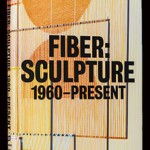








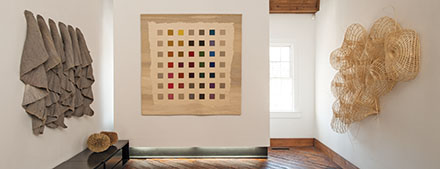
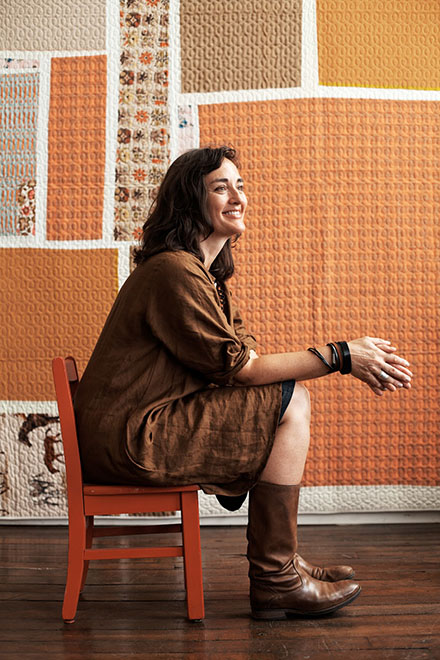
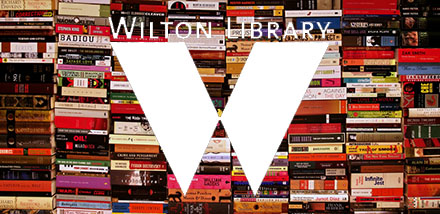



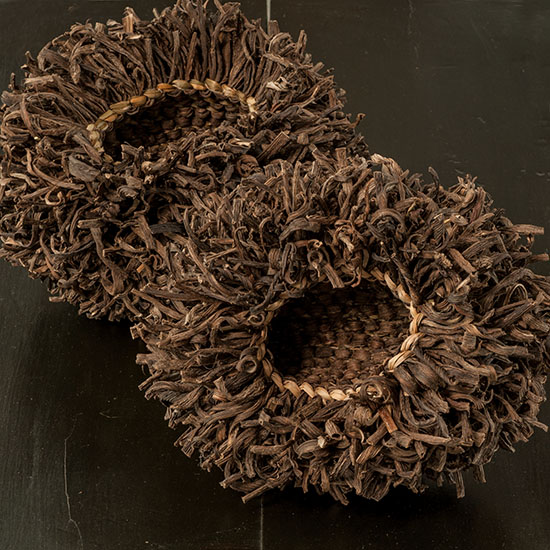

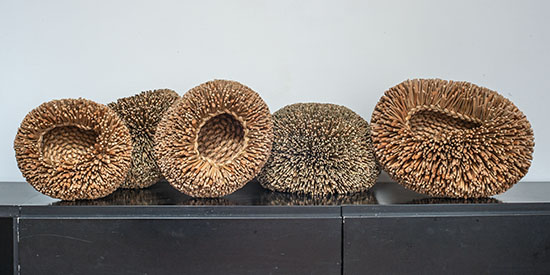

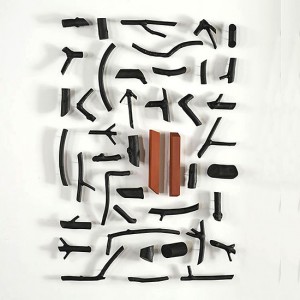
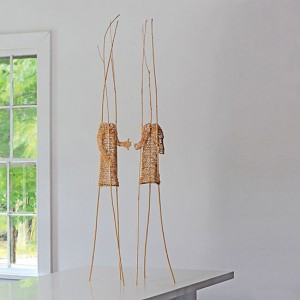
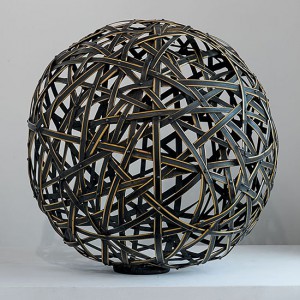
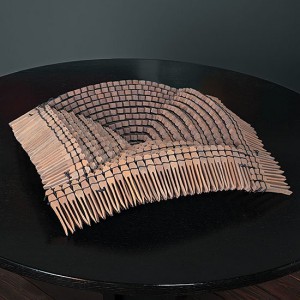

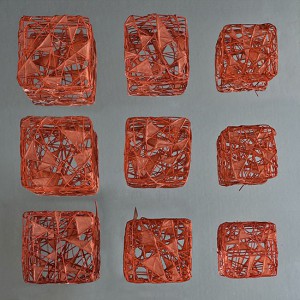

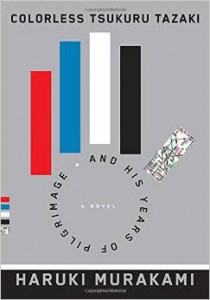

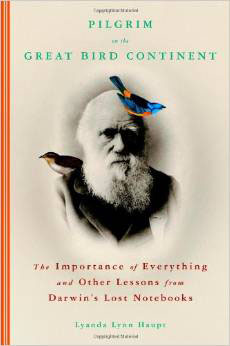
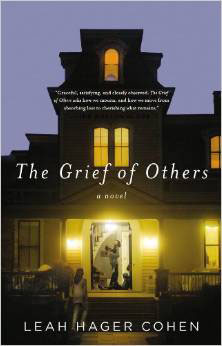
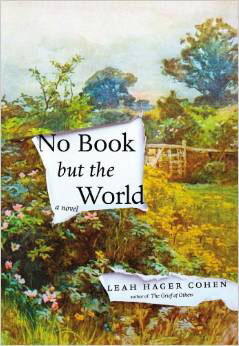
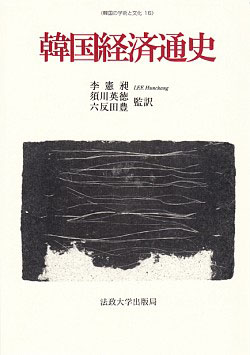
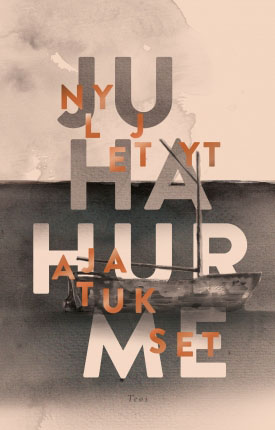
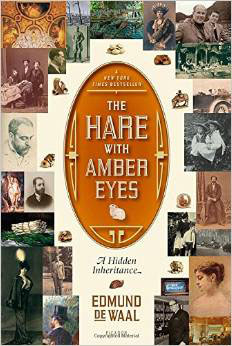
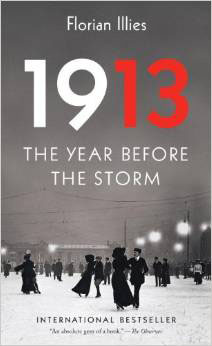
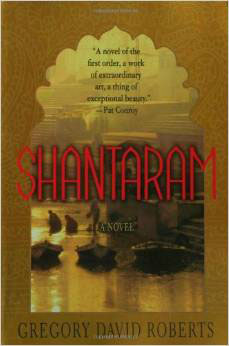
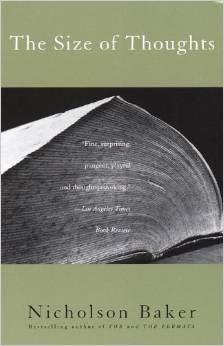
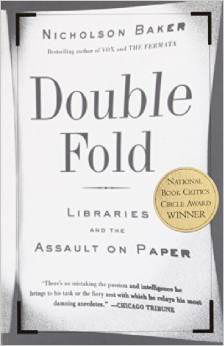
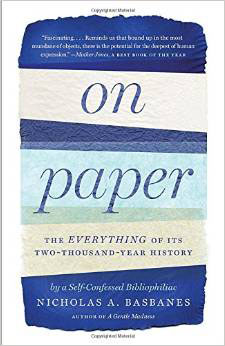

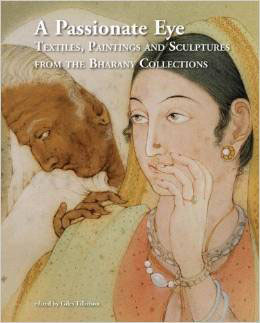
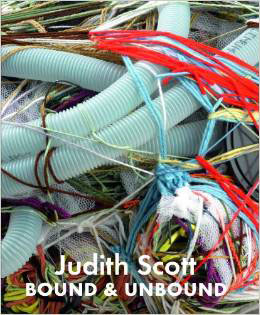
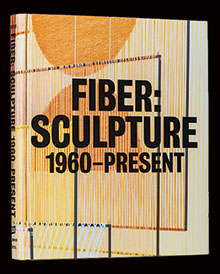
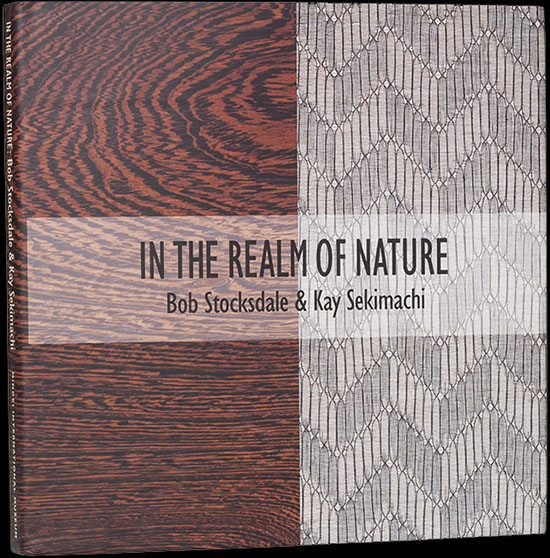

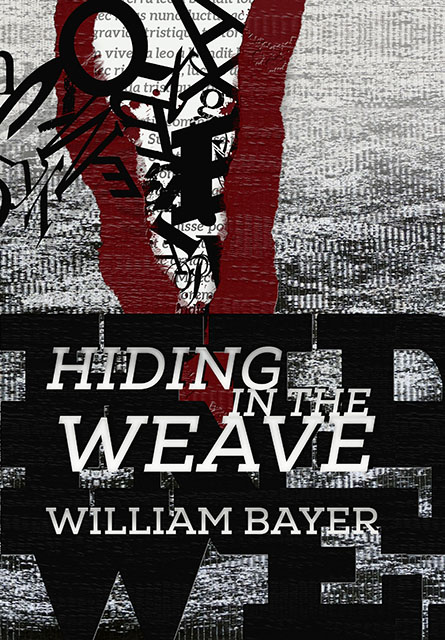
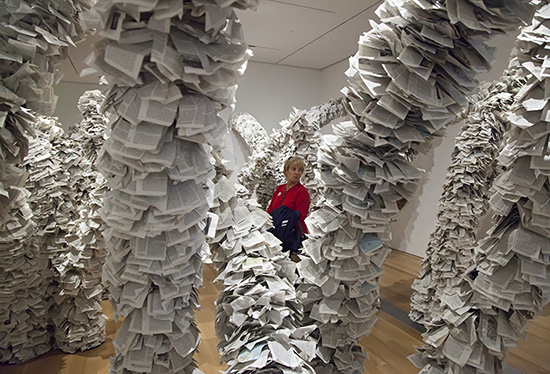

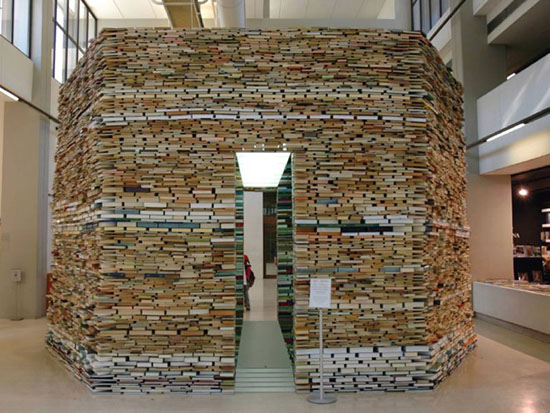

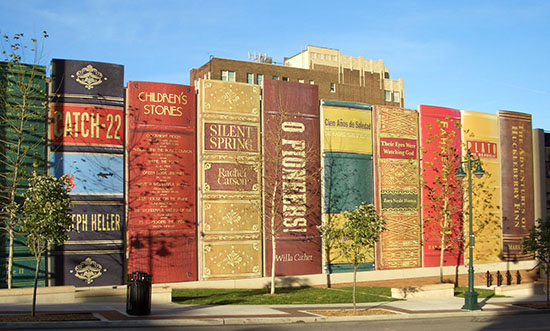

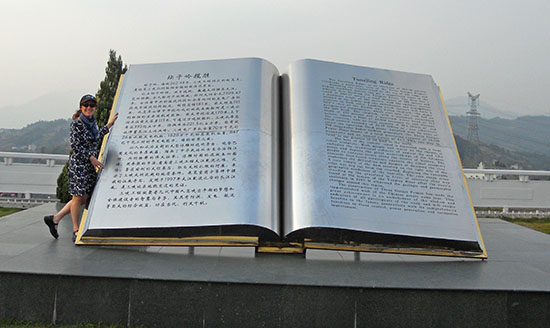
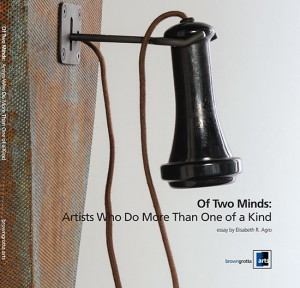
Books Make Great Gifts 2016
Another year of widely divergent books. Art, biology, history and biography are all represented in the answers we received to the questions we asked of artists that work with browngrotta arts: What books cheered you? Inspired you? Provided an escape?
Dona Anderson, wrote that she is reading Herbert Hoover: A Life by Glen Jeansonne (NAL, New York, 2016) who calls Hoover the most resourceful American since Benjamin Franklin. “I recently had a birthday and remember that my mother went to vote on the day I was born, November 6th, and she voted for Herbert Hoover. Consequently, I started to think about what the political atmosphere was like then — as ours was so crazy and even more so now. When I went to the library in October, the Hoover book was brand new and it appealed to me.” Rachel Max is reading Materiality, edited by Petra Lange-Berndt (MIT Press, Cambridge, 2015), one of the latest additons to the Whitechapel Documents of Contemporary Art series. It’s a fantastic series. Each volume in the series focuses on a specific theme and contains many thought-provoking essays from theorists and artists. Materiality not only addresses key geographical, social and philosophical issues, but it also examines how artists process and use materials in order to expand notions of time, space and participation. As the publisher notes, “this anthology focuses on the moments when materials become willful actors and agents within artistic processes.” Max has also been dipping into the diaries of Eva Hesse. “They are extremely private and were never meant for publication. But, as a huge fan of her work it is interesting to read her thoughts,” Max writes.
Rachel Max is reading Materiality, edited by Petra Lange-Berndt (MIT Press, Cambridge, 2015), one of the latest additons to the Whitechapel Documents of Contemporary Art series. It’s a fantastic series. Each volume in the series focuses on a specific theme and contains many thought-provoking essays from theorists and artists. Materiality not only addresses key geographical, social and philosophical issues, but it also examines how artists process and use materials in order to expand notions of time, space and participation. As the publisher notes, “this anthology focuses on the moments when materials become willful actors and agents within artistic processes.” Max has also been dipping into the diaries of Eva Hesse. “They are extremely private and were never meant for publication. But, as a huge fan of her work it is interesting to read her thoughts,” Max writes.
Nimura’s skillful crafting of a can’t-put-it-down narrative of their experiences on two sides of the Pacific is a vividly rich visual, as well as historical, account. She produced for the reader, through captivating descriptions illuminating the startling differences between these two very different cultures, the contrasting worlds we could easily visualize.
Stacy Shiff, Pulitzer Prise-winning author of Cleopatra wrote: “Nimura reconstructs their Alice-in-Wonderland adventure: the girls are so exotic as to qualify as ‘princesses’ on their American arrival. One feels “enormous” on her return to Japan.” It is just this Alice-in-Wonderland aspect of their story that caught my imagination. As in Louis Carroll’s Alice’s Adventures in Wonderland, it is the environment and the material culture that sets the stage for remarkable events. The tangible aspects of two vastly contrasting cultures – intellectually, technically, behaviorally and in terms of the accoutrements of every day life, express well the often conflicting, peculiar and unexpected events in the girls’ lives. The girls move from Japanese clothing, furniture and customs to western style and then back again feeling more comfortable in western settings than in their birth homes kneeling on the floor and lavishly swathed in yards and yards of embroidered silks.
In the late 19th century the US was bursting with inventions and change. Planning begun in the 1850s for the Chicago World’s Fair was well under way, ushering in the Gilded Age of rapid industrial growth, design innovation and expansion of popular culture. A startlingly appropriate time for the girls’ cultural experiment to take place. Nimura, who moved to Japan for three years with her Japanese/American nesei husband, was adept at utilizing her keen sense of design and broad knowledge of the two disparate material cultures. She skillfully brought to life the vast differences between the two civilizations through masterful and insightful descriptions of clothing, hairstyles, furniture, interiors, architecture as well as the cities in which they existed. This, combined with her extensive research, presents the reader with many insights into the relations between the two countries and their intertwined histories through the lives of these exceptional girls and their extraordinary adventures.
As Miriam Kingsberg of the Los Angeles Review of Books wrote, “Daughters… is, perhaps, less a story of Japanese out of place in their country, than of women ahead of their time.” Laky adds that while she was a professor of art and design at the University of California, Davis, she encouraged her students to study abroad. “This book illustrates how education and experience in a foreign country enhances understanding of other cultures and peoples – perhaps more important today than in the 1870s and 80s. I believe travel also greatly inspires creativity.”
It is a sad and exciting story about a typical lonely man in today’s Denmark, she wrote. “Written in a wonderful language – so one can just imagine him, by reading it and it is just as sad as Stoner.
As always, enjoy!